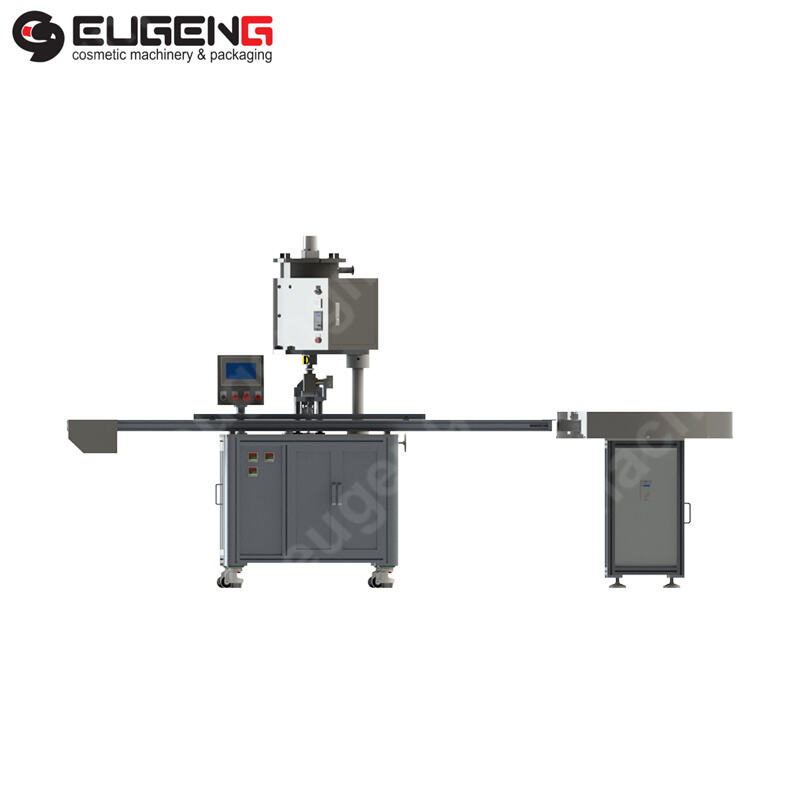What types of products are best suited for hot filling machines?
Introduction
The term 'hot filling machines' is one that's well-known for extending shelf lives of products and keeping them as fresh in quality as they can be. Using high heat, the products are vacuum packed and sealed. The resulting seal removes oxygen from the environment which would otherwise allow micro-organisms to flourish while also preserving each product with its unique flavor or texture By what products are suitable for hot filling machines? On this subject we will go into detail in the coming articles.
Which types of Products are Suited to hot filling Machines
Fruit juices and vegetable juices Most hot filling is done in the juice industry, for it can effectively handle evenmande high level of acidity. The high temperature ensures that harmful enzymes or micro-organisms are sophy,deleted,&epls;while the vacuum seal helps to keep the juice‘snatural flavor and nutritional value.
Functional beverages Hot filling can give longevity to this type of beverage, which might include those with added vitamins, minerals or protein. This process also serves to maintain the stability of such sensitive ingredients over time in addition to extending the life span of the product
Ready-to-drink (RTD) teas RTD teas,no matter if they are herbal or traditional,cansurvive hot filling machines. It helps maintain the tea's flavors and antioxidants now that is no longer a mere out-of-seasonumber,aswell as its long shelf life.
Sauces and syrups Sauces and syrups have long shelf lives under hot filling, the process ensuring that problems of spoilage or change in taste are avoided.
Liquid Nutritional Supplements The nutritional supplements which come intoliquid form,especially those with added vitamins or minerals, can be effectively preserved with the help of hotfilling machines.The high temperature process will ensure sensitivity it to that these nutrients is still retained during transit as well as when they reach the consumer.
Purified Water, Mineral Water Hot filling machines also can be used for filling up purifiedwater and mineralwater, so long as the containers aresterile and sealed to keep bacteriaout.
Cosmetics and Personal Care Products Since hot filling is needed for this type of aseptic packaging and preservation, several cosmetic or personal care products like lotions and creams benefit from it.
Reasons to Use Hot Filing with Your Product
Preserving Freshness: As the products near their expiration date, hot filling creates a vacuum and seals them off from germs making microbial growth impossible.
Keeping Quality: The process of hot filling may make a high-quality product good enough to last time, perhaps indefinitely, but also safer to consume than similar things without it.
No Preservatives Needed: With the method of hot filling, products become sterilized by heat itself —so no further preservation is necessary. This is beneficial for products aiming to guarantee natural or clean labels.
Higher Efficiency of Production: A simplified manufacturing process, heat, fill, seal can increase productivity and cut costs.
Conclusively
Hot filling machines are ideal for goods with high acidity or products that are sensitive to bacteria. Hot filling offers a variety of advantages from fruit juices and functional drinks to liquid dietary supplements and cosmetics which can guarantee product safety and extend shelf life.

 EN
EN
 AR
AR BG
BG HR
HR CS
CS DA
DA NL
NL FI
FI FR
FR DE
DE EL
EL HI
HI IT
IT JA
JA KO
KO NO
NO PL
PL PT
PT RO
RO RU
RU ES
ES SV
SV TL
TL IW
IW ID
ID LV
LV LT
LT SR
SR UK
UK VI
VI HU
HU TH
TH TR
TR FA
FA MS
MS UR
UR BN
BN LO
LO LA
LA PA
PA









